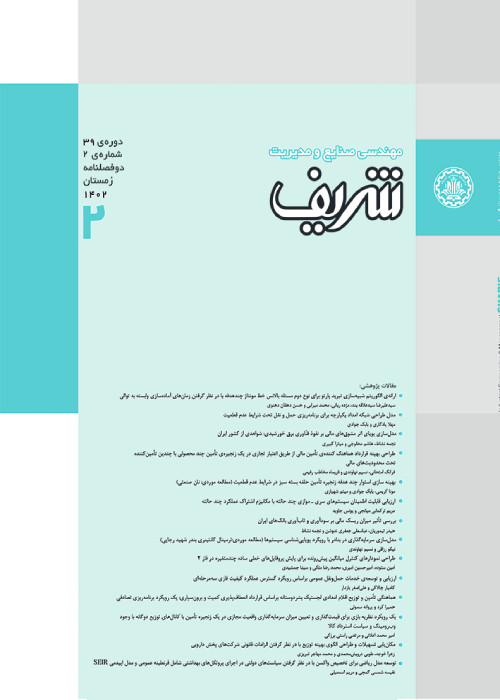DEVELOPING A BI-OBJECTIVE MODEL FOR BLOOD SUPPLY CHAIN NETWORK DESIGN CONSIDERING QUEUING THEORY IN DISASTERS
Natural disasters cause to make a vast amount of relief items demand in affected areas. Reducing the waiting time of injured people for emergency supplies is one of the main issues in post-disaster emergency response. Blood is one of these items, which has a vital role in preserving affected people's life. Therefore, in post-disaster situation, creating a queue of injured people in order to receive blood services in hospitals is expected. Thus, designing a supply chain network that considers waiting time for blood supply while minimizing total cost is a challenging problem. In this paper, a bi-objective mixed integer nonlinear-programming model is proposed, which uses queuing theory to incorporate more realistic waiting time. This supply chain consists of five echelons: donors, blood collection facilities (permanently and temporary), blood center, demand points (hospitals), and injured people. Location-allocation, inventory level, blood shortage in some echelons, flow of blood in the network and waiting time are related decisions that are optimized in this model. With respect to variation in some parameters such as demand, a multi-period context is more effective to cope with these variations. In order to better manage blood collection, temporary blood facilities can move in a set of candidate points at the beginning of each period. Moreover, multiple allocations of donors to capacitated blood collection facilities and blood center are allowed by considering the covering radius of facilities. Finally, the performance of the proposed model is investigated by a practical numerical example. Moreover, several sensitively analyses are conducted. According to the model results, optimized allocation of injured people to hospitals and servers leads to reduction of queue length as well as waiting time. This improvement will be considerable when the intensity of disaster is high and a large number of injured people are transported to hospitals. Furthermore, the effectiveness of shortage cost and service time on objective functions is explored in the sensitivity analysis section.
- حق عضویت دریافتی صرف حمایت از نشریات عضو و نگهداری، تکمیل و توسعه مگیران میشود.
- پرداخت حق اشتراک و دانلود مقالات اجازه بازنشر آن در سایر رسانههای چاپی و دیجیتال را به کاربر نمیدهد.


